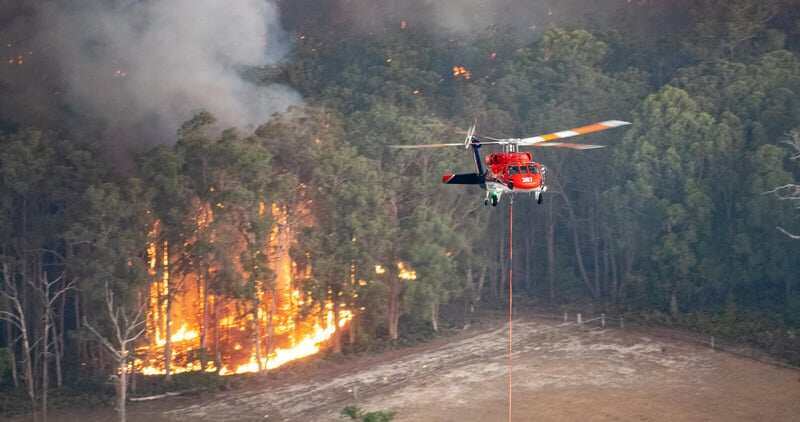This week, the United States Congress passed the FAA Reauthorization Act—a significant piece of legislation that redefines the framework of aviation regulation through 2028. The Act is crucial for updating the FAA’s mandate to adapt to rapid technological advancements and evolving safety challenges in the aviation industry. It includes pivotal measures aimed at enhancing wildfire suppression capabilities in response to the increasing frequency and intensity of wildfires, driven by climate change.
At TracPlus, we understand the significance of these developments. As your partner in aerial firefighting and aviation safety, we are here to help decipher what this new legislation means for you and how it can enhance your operational capabilities.
Specific Provisions from the FAA Reauthorization Act of 2024:
The FAA Reauthorization Act of 2024 under Section 360 addresses several critical aspects of aerial firefighting, setting specific guidelines for the integration and operation of aircraft in this role. Key provisions include:
-
Maintenance, Inspections, and Training Requirements (Section 360(a)(2)): The Act specifies that the aircraft maintenance, inspections, and pilot training requirements under part 135 of Title 14 may be applied to wildfire suppression operations if deemed necessary by the Administrator. This adjustment ensures that the necessary safety protocols are adapted to the unique demands of firefighting operations, maintaining high standards for aircraft involved in these critical tasks.
-
Revising Certification Standards (Section 360(c)): The Act mandates that the FAA must update the order titled ‘Restricted Category Type Certification’ (FAA Order 8110.56), along with any corresponding policy or guidance material, to reflect the new requirements of this section. This revision aims to streamline the certification process for aircraft used in firefighting, ensuring they meet specific safety and operational conditions tailored to their roles in wildfire suppression.
-
Exemption from Noise Standards (Section 360(b)): In a provision aimed at enhancing operational flexibility, the Act also exempts aircraft used in wildfire suppression from the noise standards described in part 36 of Title 14. This exemption allows for the quicker deployment of necessary aircraft without the constraints posed by noise compliance, aiding in faster response times during emergencies.
-
Specific Restrictions on Modified Military Aircraft
A critical provision of the Act specifically impacts the use of modified military aircraft for wildfire suppression:
- Section 360(b): The Act prohibits the use of aircraft that were originally manufactured for and used by the armed forces and later modified for wildfire suppression from being enabled for such operations. This prohibition means these aircraft cannot be used to transport firefighters or perform any active role in wildfire suppression under the new rules. This restriction poses a significant limitation on the resources traditionally available for wildfire suppression.
-
Updates and Compliance
- Section 360(c): In response to these changes, the FAA is mandated to update the ‘Restricted Category Type Certification’ (FAA Order 8110.56) to reflect the new requirements, streamlining the certification process for aircraft used in firefighting.
The FAA Reauthorization Act of 2024 marks a pivotal moment in the evolution of aviation regulations, particularly with its impactful provisions for wildfire suppression. These include both enhancements and new challenges, such as the restrictions on modified military aircraft, which require our attention and adaptation. With the increasing severity and frequency of wildfires, having the right tools and knowledge is more important than ever.
With the increasing severity and frequency of wildfires, having the right tools and knowledge is more important than ever. TracPlus is dedicated to providing actionable insights and innovative solutions that empower firefighting teams to respond swiftly and effectively. By staying at the forefront of industry developments and regulatory changes, we continue to lead the way in enhancing the capabilities of aerial firefighting operations.
As we move forward, TracPlus remains your trusted partner in navigating the complexities of the evolving regulatory landscape. Together, we can ensure that our firefighting teams are equipped with the best possible resources to protect our communities and natural landscapes.
